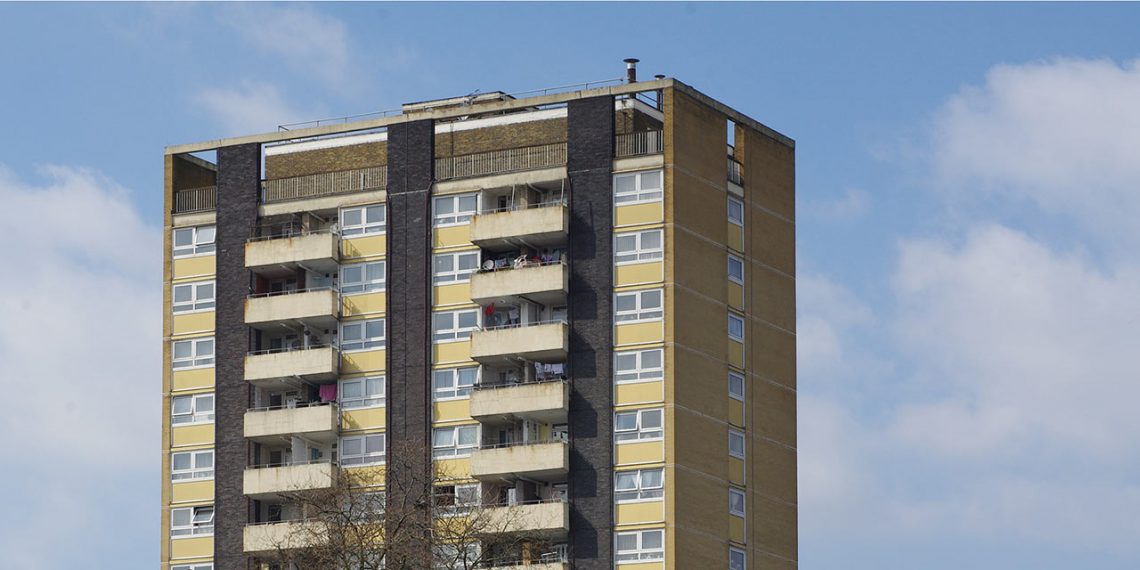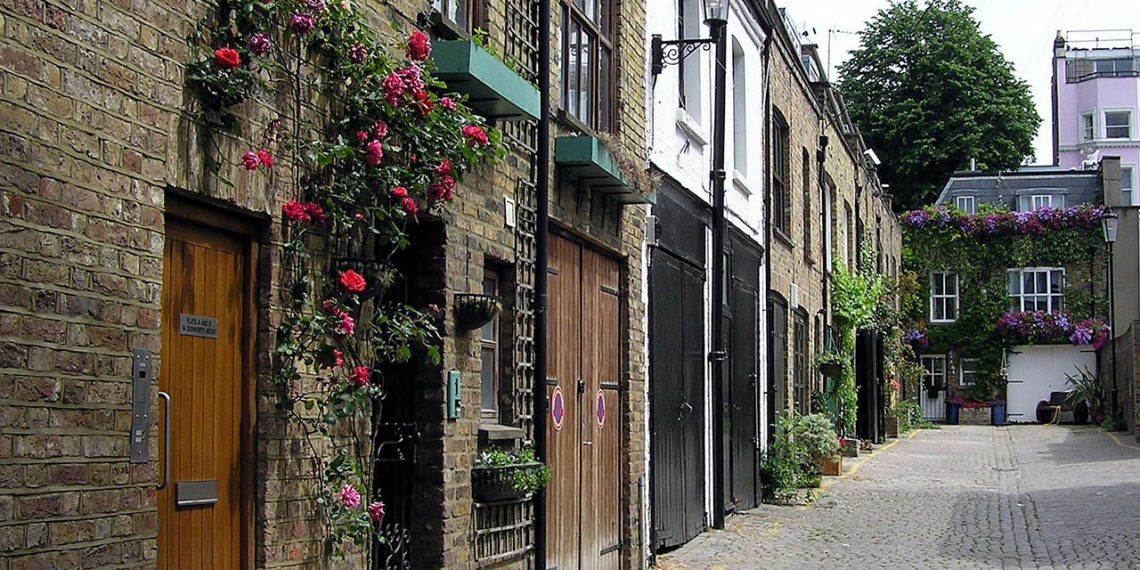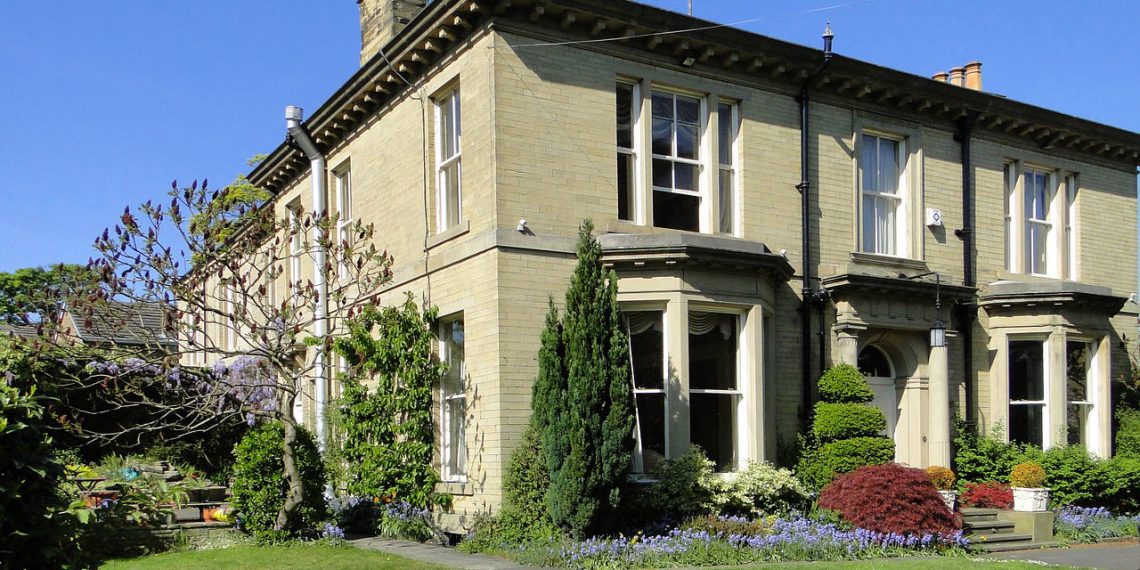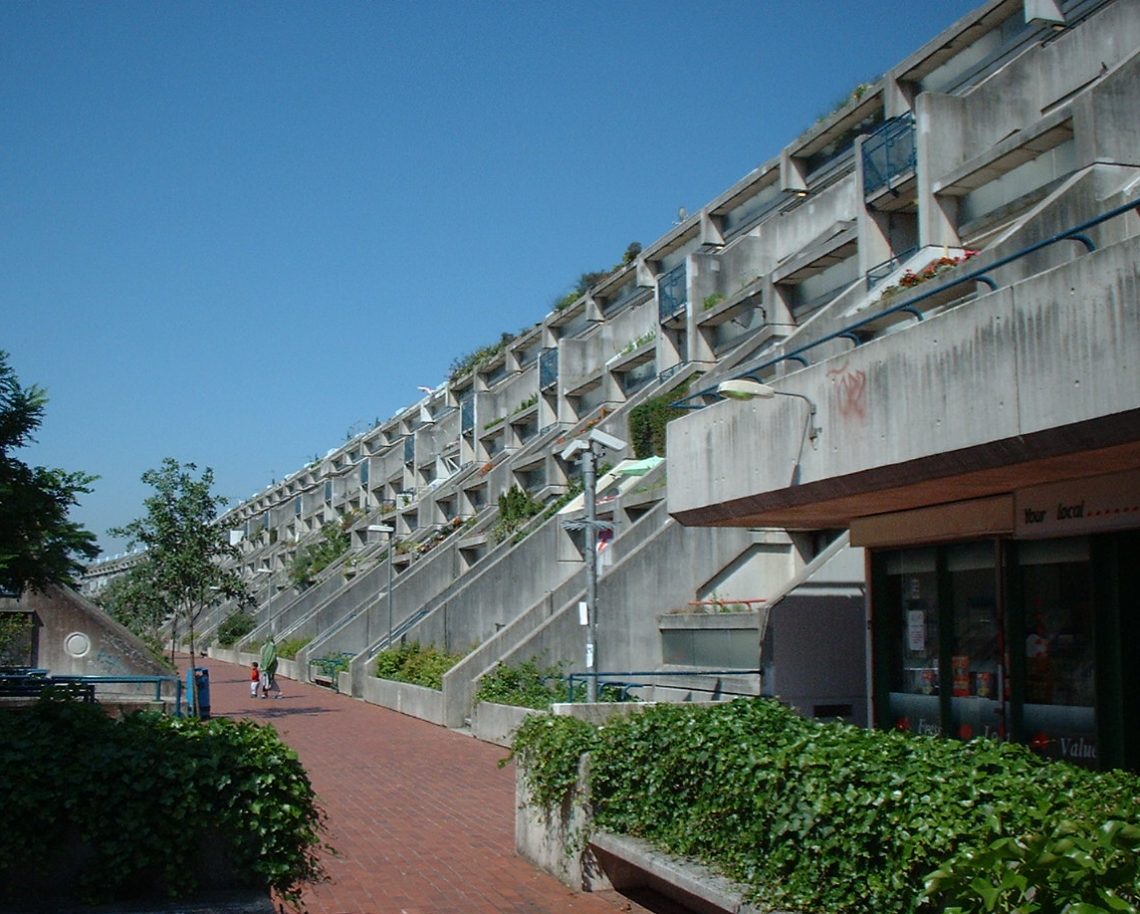LBB will guide you through the process. Entering the world of Leasehold Reform can be a both daunting and confusing. Below we explain some of the common terms used and the valuation matters considered.
The Valuation
The surveyor’s role is to assess the factors affecting value and obtain knowledge of comparable sales evidence in the area and consider the similarity in accommodation, lease length and condition of both your flat and recently sold properties.
The premium broadly comprises the following:
- The loss of the ground rent income
- The loss of receiving the flats back in the future (i.e. at expiry of the lease)
- Share of marriage value for participating flats
- Other compensation: i.e. share of marriage value for non-participating flats and development value and appurtenant land
Condition
For the purpose of our Valuation and in accordance with the 1993 Act (as amended) it is necessary to assume that you have complied with your obligations insofar as you are able to, to keep the flat in lease compliant condition. Any disrepair internally or externally due to the landlord is to be considered and if necessary any reduction in value should be considered.
Relevant Valuation Date
The valuation date for assessing the premium is not the date a surveyor’s report is prepared, but the date that the landlord receives your formal Notice (Section 13 Notice). You should try to minimise the time between the valuation and the service of the Notice, particularly if the lease is nearing 80 years.
The Legislation
The basis of valuation is found at Section 32 and Schedule 6 of the 1993 Act. The Act requires the following elements to be considered:
(i) Value of the freeholder’s current interest
The value of the freeholder’s interest is the amount which at the valuation date might be expected to be realised if sold on the open market by a willing seller with four categories of buyer excluded on certain assumptions (Schedule 6 paragraph 3(1)).
In order to avoid double counting with the marriage value calculation the nominee purchaser and the tenants of the premises contained within the specified premises are excluded from the list of potential purchasers.
Also excluded are the freehold and leasehold owners of any additional properties which are to be acquired by the nominee purchaser, such as common parts or appurtenant property.
(ii) Value of any Marriage value
The second element to be paid relates to marriage value. The Freeholder’s share of the marriage value is 50%. The marriage value is to be ignored if the unexpired term on the lease is more than 80 years.
(iii) Other parts to be Valued and Development Value
In relation to the other interests to be valued, this includes the premium required for the landlord’s “freehold” retained parts, such as the parking spaces.
In relation to development value, it is necessary to consider the prospect of further development of the building. In this regard there are two main issues. The first being is there planning permission obtained, for example relating to an additional floor or extension? In this regard, is it known that the landlord has obtained a premium before for granting consent within the building or its appurtenant land? Also, does the lease allow it?
In order to provide a realistic approach to the prospect of development value a valuer will need to base opinion upon a reasoned speculation of any figure subject to information available at the time of valuation.
In the event of a Tribunal hearing in the future, if this element remains in dispute, a full feasibility study and residual development valuation will need to be undertaken. If planning permission exists it is very likely that a claim for development value would be successful.
(iv) Value of any Appurtenant Land
With regards to the appurtenant land, i.e. gardens, outbuildings and garages, a valuer will also consider in an enfranchisement claim if there is scope for further development potential to be argued in respect of the grounds to the property (its common parts) and as such if there is any justification for further premium in respect of the appurtenant land.
To this end a premium is apportioned between the value of the building and the appurtenant parts: in most cases a notional value is allowed for the appurtenant land. Case should be made with the appurtenant elements as this can be accepted in a Counter-Notice and put the matter outside of the jurisdiction of a Tribunal.
Non-participation or Non-participating tenants
In relation to owners of flats who do not participate in a claim, the value of these flats is including any tenants’ improvements.
Relativity
Relativity is the expression as a percentage of the difference in value between a short lease and an effective freehold flat (i.e. one with a 999-year lease at peppercorn rent or “Share of Freehold”). The higher the rate, the lower the marriage value in the premium.
Improvements
The Act allows for tenant’s improvements to be disregarded. If there are works, such as altering the layout or adding en suite bathrooms, then maybe it is necessary to reduce the value of the property. Having regard to case law in relation to improvements, it is noted that repair of worn out items would not qualify as improvements.
Case law suggests that structural works are required such as structural works including the strengthening of kitchen units to facilitate the installation of granite worktops and the like. Simple replacement with a modern day equivalent would be improvement.
Marriage Value
Marriage value is specifically defined as the difference between two amounts: The sum of the tenant’s, (the head landlord’s) and the freeholder’s interests, before and after the freehold purchase.
In effect, marriage value is any profit released from the grant of the freehold purchase. The landlord and tenant share this 50:50. The marriage value is to be ignored if the unexpired term on the lease is more than 80 years.
Hope Value
Other elements to be included relate to hope value. If some flats do not participate this is a speculative proportion of marriage value based upon the “prospect” of future lease extensions. This will normally be between 10% and 25% of marriage value on non-participating flats.
“The Non-Act World”
The 1993 Act requires an assumption that you have no right to buy the lease extension or enfranchise. This is often termed the “no Act world” assumption.
In the market you can extend your lease because of the 1993 Act. Therefore, it is necessary to consider how much of a discount there needs to be to reflect this right.
Deferment or discount rate
Prior to Sportelli this varied throughout the country and throughout central London. This case introduced the concept of a generic (nation-wide and property-wide) rate of 5%. Potentially if your property has specific issues or it is outside of London, it may be possible to adjustment this rate. The higher rate, the lower the premium.
Capitalisation Rate
This percentage rate is used to calculate the multiplier to calculate the present-day value of the ground rent. The higher rate, the lower the compensation paid to the freeholder
Valuation of Premium
The valuation will produce a range of figures due to the valuation factors noted above. That range would be a quoting valuation (best case) and an expected settlement range based on the report variables.
For the purpose of the Notice to be served (Section 13) on the landlord or Counter-Notice (from the landlord) the Best Case will invariably be quoted.
A caution for a tenant is that if you quote too low (an unrealistic figure) you may risk costs and up to a year or more delay.
Negotiation of a claim
As both the landlord and tenant are likely to quote their “best case” valuation, the negotiation of an enfranchisement premium to buy your freehold is the most important element.
A good negotiator can save or gain his client substantial sums of money. It is for this reason why fees quoted for the initial valuation are not the most crucial aspect.
Important Note on Associated Costs:
In the event that tenants exercise their right (serve a Section 13 Enfranchisement Notice to buy their freehold) under the Leasehold Reform Housing and Development Act 1993 (as amended), the tenants will be liable for the landlord’s reasonable costs in determining the premium payable (valuation costs) and those of the landlord’s solicitor in respect of dealing with the notice and in the event of the matter proceeding, the conveyancing costs. The tenant is liable for these whether or not the tenant proceeds (save as to the conveyancing costs).
In the event that the matter proceeds to a First-Tier Tribunal, both sides bear their own costs relating to the Hearing. As with the determination of the premium, the Ft-T can assess the legal and valuation costs.
Each party will also be responsible for their own costs during negotiations in most instances.









